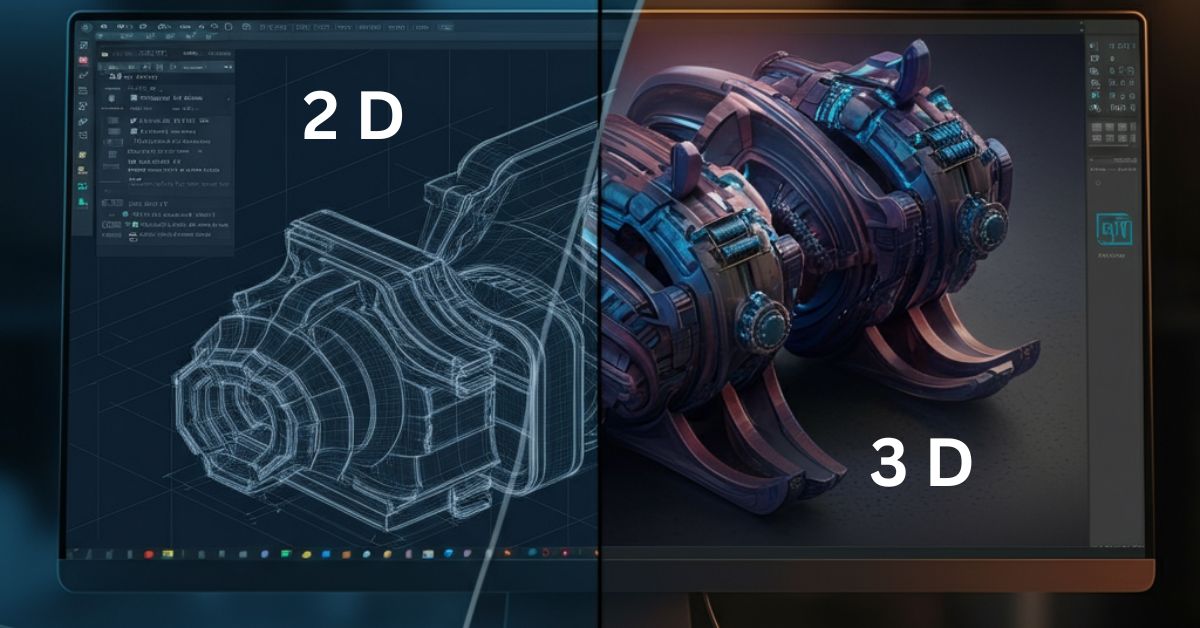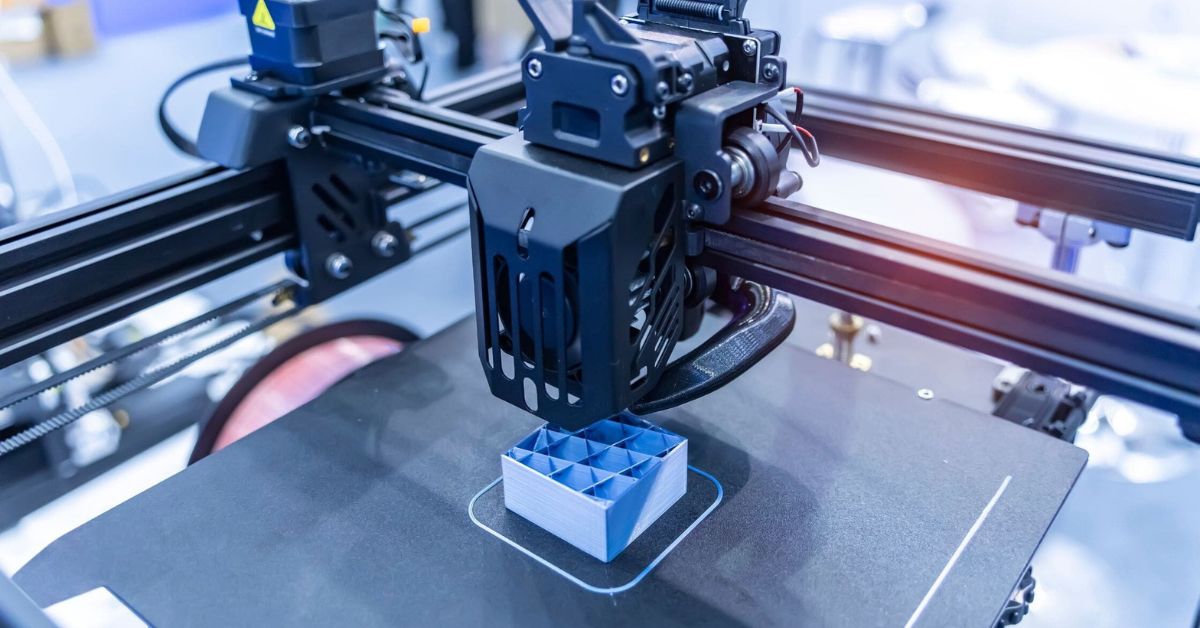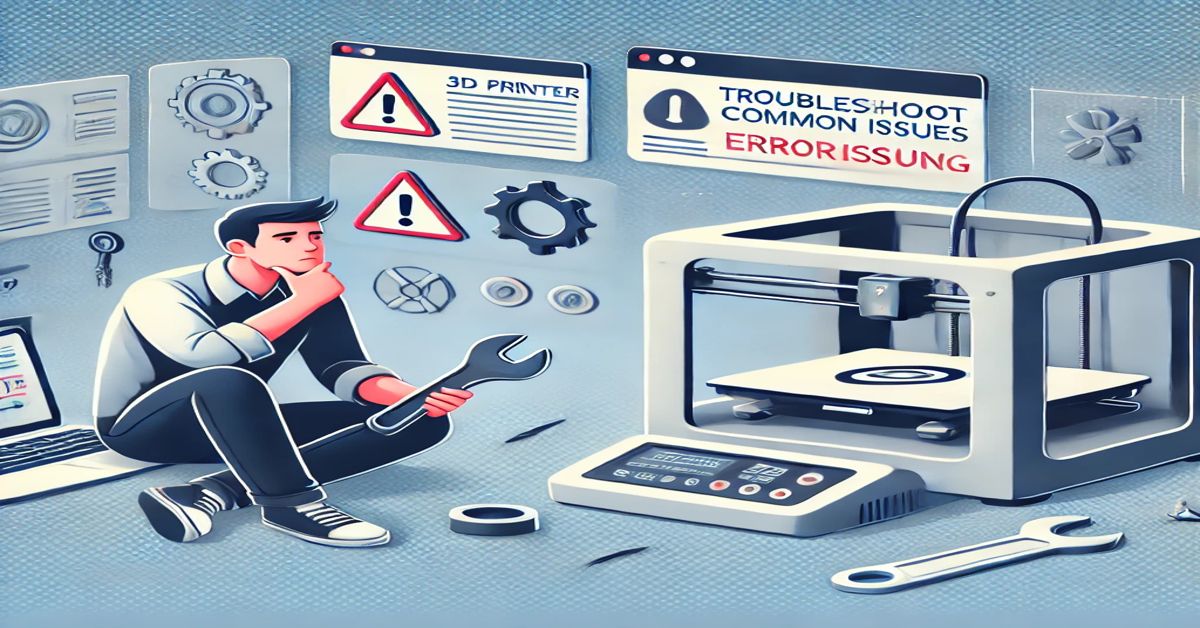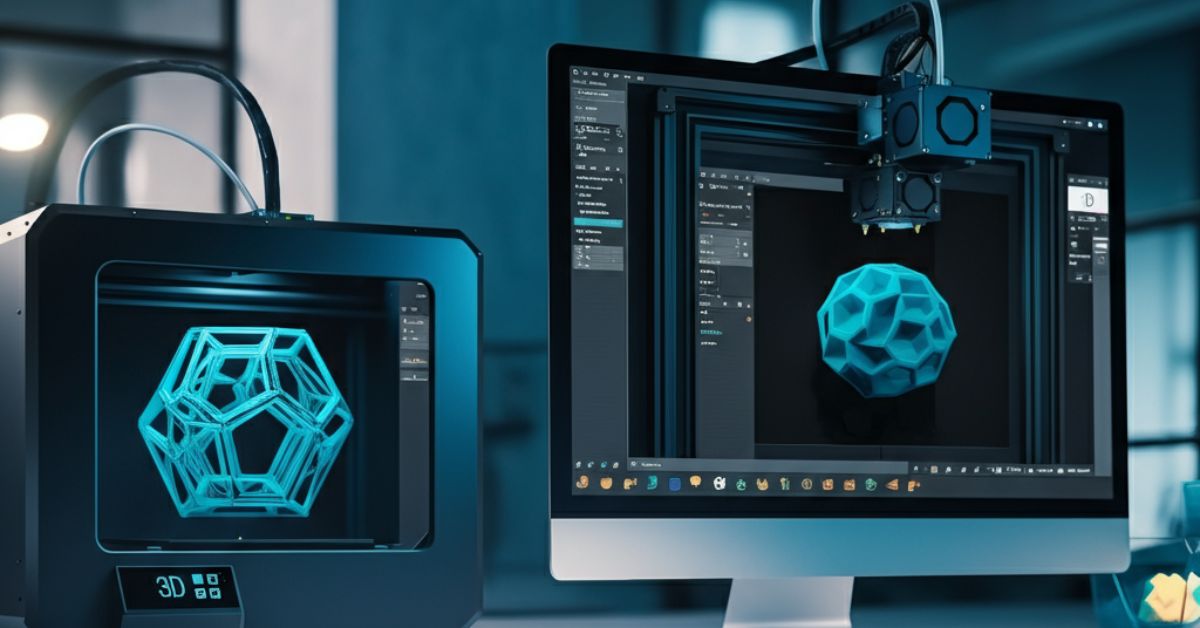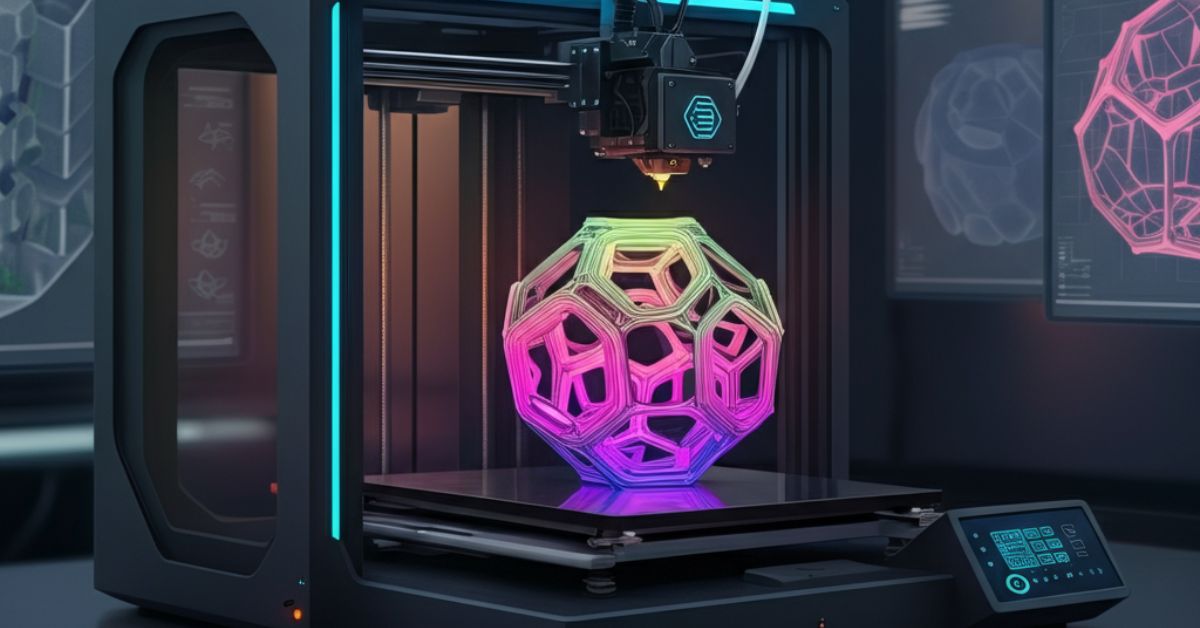In today’s digital age, the ability to transform 2D designs into 3D models is an essential skill for various industries, including gaming, animation, architecture, and product design. Converting 2D images or drawings into 3D models can bring your creative ideas to life in ways that static images simply can’t. Whether you’re a beginner or an experienced designer, understanding how to convert 2D designs into 3D models using software can unlock a world of possibilities.
In this post, we’ll guide you through the process, the tools you’ll need, and answer some frequently asked questions to help you get started.
What is 2D to 3D Conversion?
Before diving into the software, let’s clarify what we mean by converting 2D designs into 3D. A 2D design is a flat, two-dimensional representation of an object, typically created with a pencil, paper, or digital tools like Photoshop. 3D designs, on the other hand, have depth, height, and width, providing a more realistic and interactive representation of the object.
The conversion process involves taking a 2D image, graphic, or drawing and applying depth, texture, and other spatial properties to create a fully-fledged 3D model.
Why Convert 2D Designs to 3D?
Converting 2D to 3D can benefit a wide range of projects:
- Visualization: 3D models are used to visualize a product, environment, or character in a realistic and dynamic way.
- 3D Printing: Many industries rely on 3D printing to create prototypes, parts, or products from 3D designs.
- Animation and Game Design: 3D models are crucial in creating immersive environments and characters.
- Architectural Design: Architects use 3D models to better communicate building designs and spaces to clients.
Now, let’s explore how you can convert your 2D designs into 3D using software.
Step-by-Step Guide: How to Convert 2D Designs to 3D Using Software
Step 1: Choose the Right Software
The first step in converting 2D designs into 3D is selecting the right software. There are many tools available, from beginner-friendly options to more advanced software for professionals. Here are some of the best tools to consider:
- AutoCAD: Widely used for architectural and engineering projects, AutoCAD allows users to convert 2D drawings into 3D models with precision.
- Blender: A free, open-source 3D modeling software that’s popular for animation, game design, and product visualization.
- Tinkercad: A beginner-friendly, web-based tool that’s great for basic 2D-to-3D conversions, especially for 3D printing.
- SketchUp: Known for its simplicity and ease of use, SketchUp is a good option for converting 2D plans into 3D models for architecture and interior design.
- Fusion 360: A powerful tool by Autodesk for product design and engineering, offering features for both 2D drawing creation and 3D modeling.
Each tool has its strengths, and the best one for you will depend on your needs and experience level.
Step 2: Prepare Your 2D Design
Before you start converting your 2D design to 3D, make sure your design is ready. Whether you’re working with a hand-drawn sketch or a digital image, it’s essential to:
- Ensure accuracy: Ensure your 2D design is proportionally correct. Accurate measurements will make it easier to add depth and create a well-formed 3D model.
- Use vector graphics: If possible, work with vector graphics (e.g., SVG files) rather than raster images (e.g., JPEG, PNG). Vector graphics are scalable and can be more easily converted to 3D.
- Check for clean lines: If your 2D design is a CAD drawing, make sure the lines are clear and not broken, as this will help prevent errors during conversion.
Once your design is prepared, you’re ready to move to the next step.
Step 3: Import the 2D Design into the Software
After choosing your software and preparing your design, the next step is to import your 2D design into the software. Most 3D software programs allow you to import images or vector files directly. Here’s how you can do it in some popular tools:
- AutoCAD: In AutoCAD, you can import 2D drawings as reference images and then trace over them in 3D space.
- Blender: Blender allows you to import 2D images and use them as background references while modeling in 3D.
- Tinkercad: Tinkercad lets you import SVG files, which can then be extruded into 3D objects.
- SketchUp: You can import a 2D floor plan or design into SketchUp, and then use the “Push/Pull” tool to convert it into 3D.
Step 4: Add Depth to Your Design
Once the 2D design is in the software, you’ll need to add depth to create the 3D effect. In most 3D software, this is done by extruding or pushing parts of the 2D design to give it height.
- Extrusion: This is the most common method for converting 2D to 3D. It involves extending 2D shapes along the third axis (the z-axis) to create the 3D form.
- Offsetting: In some programs like AutoCAD or Blender, you can offset the 2D shape and then add height or thickness to the resulting object.
Step 5: Refine and Detail Your Model
After extrusion, it’s time to refine your 3D model. You may need to tweak certain aspects of the design to ensure it looks polished and realistic. This can include:
- Smoothing: Apply smoothing techniques to eliminate sharp edges and give the model a more organic look.
- Adding textures: Textures help your model look more realistic. You can map textures onto your 3D model to represent different materials (wood, metal, fabric, etc.).
- Adjusting proportions: Sometimes the 2D-to-3D transformation might not maintain the original proportions. Refine the dimensions and positioning of the elements to ensure accuracy.
Step 6: Export Your 3D Model
Once you’re happy with your 3D model, you can export it for various purposes:
- 3D Printing: Export your model in formats like STL or OBJ for 3D printing.
- Animation/Rendering: For animation or rendering purposes, export the model in formats like FBX or OBJ, which are compatible with most 3D animation software.
Common Challenges in 2D to 3D Conversion
While converting 2D designs into 3D models is exciting, it can come with some challenges. Here are a few common hurdles designers face:
- Loss of Detail: When converting 2D images to 3D, you might lose some fine details or textures, which can make your final model look flat.
- Proportional Issues: 2D designs sometimes don’t translate well to 3D space. Proper scaling and adjusting proportions can be tricky.
- Software Learning Curve: Many 3D modeling software tools come with a steep learning curve. Beginners may struggle to grasp all the features available.
- File Compatibility: Some software tools may not support certain file formats, making it difficult to work across different platforms.
Trending FAQs About Converting 2D Designs to 3D
1. What are the best software options for converting 2D designs to 3D?
The best software for 2D to 3D conversion depends on your needs and experience level. Popular tools include AutoCAD, Blender, Tinkercad, SketchUp, and Fusion 360.
2. Can you convert a 2D image to 3D for 3D printing?
Yes, you can convert a 2D image to a 3D model suitable for 3D printing. Tools like Tinkercad and AutoCAD can convert images (especially vector graphics) into 3D models that can be exported for 3D printing.
3. How do I convert 2D CAD drawings into 3D models?
In software like AutoCAD or Fusion 360, you can extrude 2D CAD drawings into 3D models by adding depth to the shapes. These software tools allow for precise control over the conversion process.
4. Is it possible to automate the conversion of 2D to 3D using AI?
While there are some AI-driven tools that help speed up the conversion process, manual intervention is often needed for precise and accurate results. AI can assist in automating some parts of the process, but human expertise is still valuable.
5. What are the main challenges when converting 2D designs to 3D models?
Some of the main challenges include dealing with a loss of detail, scaling issues, the steep learning curve of 3D software, and file compatibility problems. However, with practice, these challenges can be overcome.
Conclusion
Converting 2D designs to 3D models is an exciting process that opens up a world of creative possibilities. By using the right software, following a structured approach, and being aware of common challenges, you can create high-quality 3D models from 2D designs. Whether you’re designing for 3D printing, animation, or product visualization, mastering this skill can greatly enhance your design projects.
Start exploring the world of 3D modeling today, and don’t forget to experiment with different software tools to find what works best for your needs!

